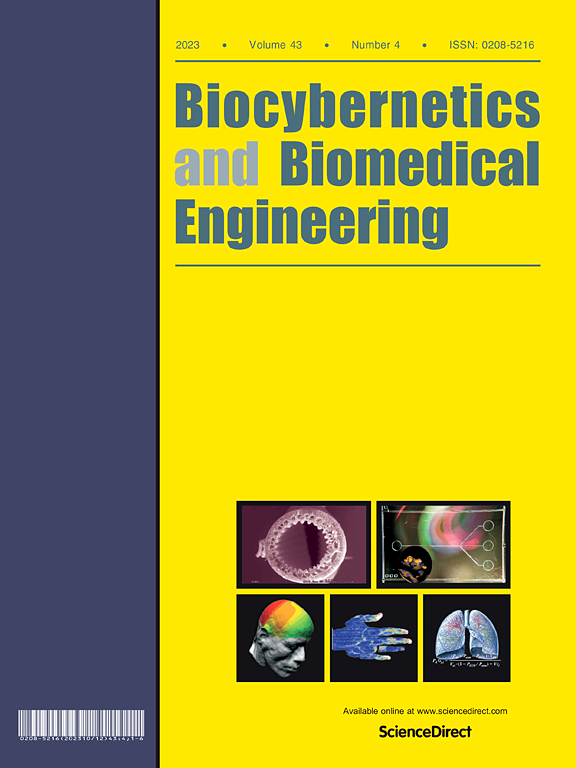Heart failure is a chronic and progressive condition characterized by the heart’s inability to pump sufficient blood to meet the body’s metabolic demands. It is a significant public health concern worldwide, associated with high morbidity, mortality, and healthcare costs. For advanced heart failure cases not responding to medical therapy, heart transplantation or mechanical circulatory support with ventricular assist devices (VADs) can be considered. In the specific case of bi-ventricular heart failure a replacement of both ventricles is required. In this context a Total Artificial Heart (TAH) may be proposed as a bridge to transplant solution. Additionally, bi-ventricular assist devices (BiVADs) are available to support both ventricles simultaneously. However Bi-ventricular heart failure management is difficult with poor outcomes. New surgical procedures appear to propose solutions after both ventricle failure. One of these intervention uses two continuous-flow VADs as a total artificial heart after cardiac explantation due to myocardial sarcoma. Unfortunately, this procedure makes patient management very difficult as pulmonary pressures and flow rate are no longer measurable after the surgical procedure. The setting of both pumps is hence a complex task for patient management. This article aims at helping clinicians on patient management undergoing double assistance after cardiac explantation by predicting the different outcomes on the vascular grid for all the possible rotational speed combination using a lumped model. Results provide a range of both pump operating conditions suitable for delivering a physiologically adapted flow to the vascular grid when combined with hypotensive treatments.


